Home>Ideas and Tips>Home Office Filing System Organization: Efficient Paper Storage
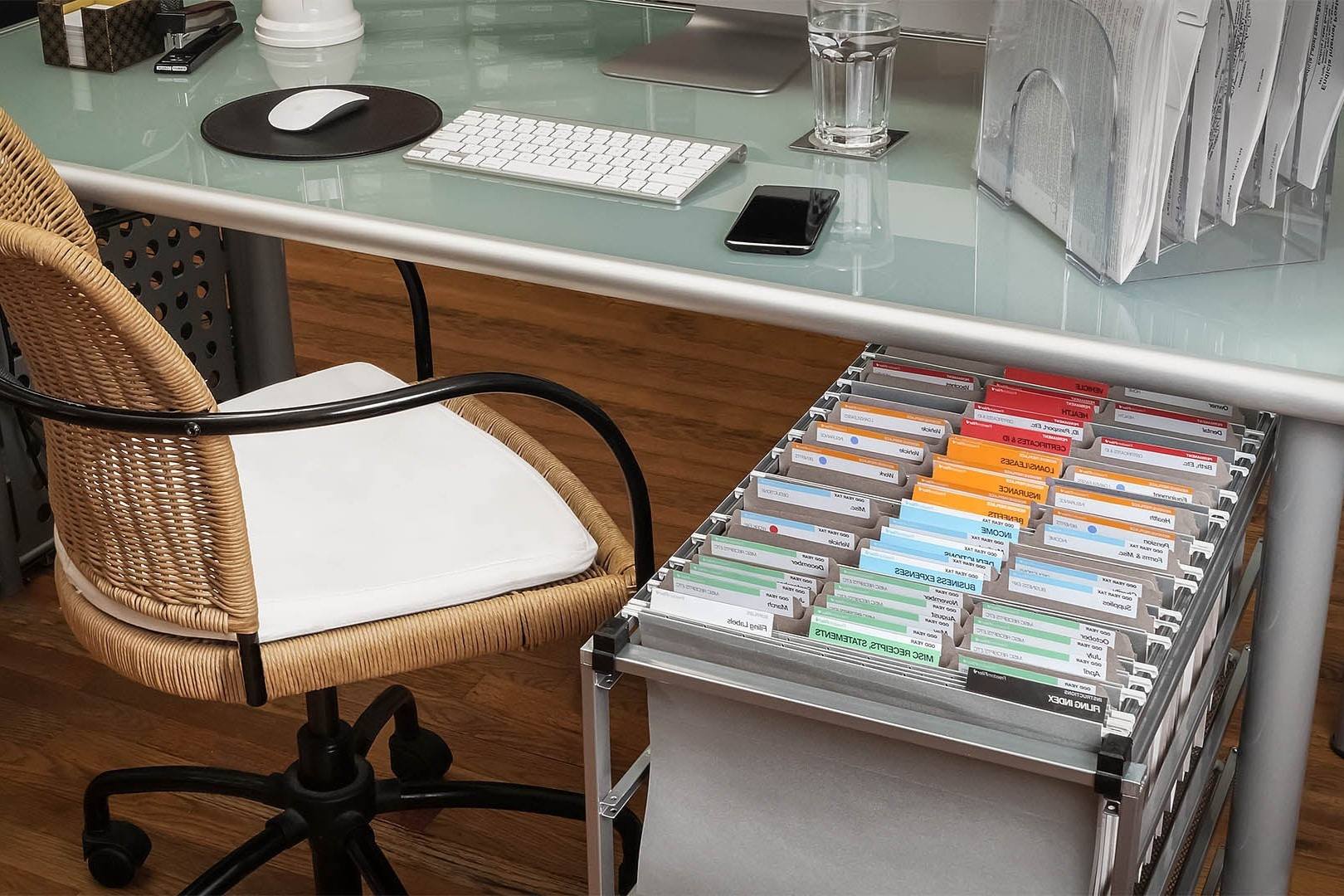

Ideas and Tips
Home Office Filing System Organization: Efficient Paper Storage
Modified: October 20, 2024
Learn how to create an efficient home office filing system to boost productivity, save time, and keep your important documents organized and accessible.
(Many of the links in this article redirect to a specific reviewed product. Your purchase of these products through affiliate links helps to generate commission for Storables.com, at no extra cost. Learn more)
In today's digital age, it's easy to overlook the importance of a well-organized paper filing system in your home office. However, maintaining an efficient paper storage system is crucial for both personal and professional productivity. A disorganized filing system can lead to wasted time searching for information, lost revenue, and poor customer service. In this article, we will delve into the essential components and strategies for creating an effective home office filing system.
Importance of a Well-Organized Filing System
A robust and well-functioning paper filing system is one of the unheralded but critical components of a successful business or home office. The consequences of failing to address this critical aspect can range from frustration and inconvenience to legal, financial, auditing, and tax issues. For instance, without a professional filing system, you may find yourself spending hours searching for important documents, which can impact daily business operations significantly.
Read more: How To Organize An Office Filing System
Impact on Daily Operations
The lack of an organized filing system can lead to several negative outcomes:
- Wasted Time: Searching for information in a disorganized filing system can be time-consuming and inefficient. This wasted time can be better spent on productive activities.
- Lost Revenue: Inability to quickly locate financial documents or receipts can result in delayed payments or missed opportunities.
- Poor Customer Service: Inadequate access to customer information and records can lead to poor customer service, which may negatively impact your business reputation.
Setting Up Your Paper Filing System
Creating an organized filing system with paper and files requires planning and organization. Here are the key steps to set up an effective paper filing system:
1. Decide on an Organization System
The first step in organizing your paper filing system is to decide on the method of organization that will make your life easier. You can choose from various methods such as alphabetical order, time-date system, numeric tactic, or a combination of these. For example, you might organize your files by category (e.g., finances, legal forms, family papers) and then further sub-categorize them (e.g., tax returns, income and expenditure, banking files).
2. Separate with Broad Categories
Once you've decided on the organization method, separate your documents into broad categories. This helps in maintaining a clear structure and makes it easier to locate specific documents. For instance:
- Finances: Includes receipts, invoices, bank statements.
- Legal Forms: Contains contracts, agreements, court documents.
- Family Papers: Encompasses birth certificates, marriage certificates, wills.
- Notes: Covers meeting minutes, project notes.
Read more: How To Organize Paper Files At Work
3. Color-Code Your Categories or File Types
Using colors to categorize your files can significantly enhance the efficiency of your filing system. Colored folders or hanging files can help your eyes quickly distinguish between different types of documents. For example:
- Use red folders for urgent documents.
- Use blue folders for financial documents.
- Use green folders for legal documents.
4. Create a Policy to File Papers Within 24 Hours
Procrastination is the enemy of organization. It's essential to file your paperwork as soon as possible to prevent it from being misplaced. Implementing a policy where all documents are filed within 24 hours ensures that your paper files are always where they need to be.
5. Regularly Throw Out Old Documents
Regularly decluttering old paper files is crucial for maintaining an effective incoming and outgoing system. Set aside time each month for spring cleaning and organizing your files. This reduces the likelihood of piles of paper clutter forming and creates more room for incoming documents.
Choosing the Right Filing Equipment
Investing in the right filing equipment is crucial for keeping your files organized and easily accessible. Here are some options:
File Shelves & File Cabinets
Investing in file shelving or cabinets helps keep files organized and easily accessible. The right shelving system can display color-coded and labeled files more efficiently. Experts recommend various types of filing equipment, including:
- Open File Shelving: This type of shelving occupies up to 60% less space than lateral four-drawer file cabinets and is more accessible for quick information retrieval.
- Mobile Shelving: This space-saving solution slides back and forth on tracks, reducing floor space by up to 66% compared to traditional lateral and vertical filing cabinets.
- Rotary Cabinets: These cabinets offer space-saving access to organized and secure files with a simple rotation mechanism. They can be locked to secure sensitive information.
- Bi-File Shelving: This type of shelving contains cabinets two or three deep, saving space by removing the need for aisles between units. It allows for easy access to the rear rows by rolling the front cabinets sideways.
Pull-Out Retractable Shelves
Pull-out retractable shelves utilize a patented linear motion design to provide space savings, increased storage capacity, and instant file access.
Maintaining Your Filing System
Once you have set up your paper filing system, it's essential to maintain it to ensure continued effectiveness. Here are some tips:
1. Regularly Review Your Files
Regularly reviewing your files helps ensure that they remain organized and up-to-date. Try not to keep items for more than a year unless they are legally required.
Read more: How To Remove Drawers From Filing Cabinet
2. Keep a Check on Clutter
Cluttered desks can lead to wasted time searching for information. Keep a check on yourself by removing unnecessary items from your desk and filing them away promptly.
3. Use Sticky Notes and Labels
Using sticky notes and labels helps keep your files organized by providing quick reminders about where specific documents are located.
4. Implement a "Daily" Rule
If you don't use an item every day, store it out of sight to avoid cluttering your workspace.
Frequently Asked Questions
Read also: Top 15 White Filing Cabinets in 2025
What is a Paper Filing System?
A paper filing system is a storage method for organizing and managing papers using cabinets, boxes, or sets of drawers with labels and compartments to prevent damage or loss of documents.
What are the Pros and Cons of a Paper Filing System?
Pros:
- Better Security: Physical filing systems provide better security against computer crashes or viruses.
- Easy Access: Well-organized physical files are easily accessible.
Cons:
- Filing Errors: Human mistakes can lead to filing errors.
- Recurring Costs: Maintaining a physical filing system requires recurring costs for equipment and supplies.
- Space Limitations: Physical storage space is limited compared to digital storage options.
Final Thoughts
While paper filing systems might seem outdated in today's digital age, they are still essential office tools that can be very helpful if used correctly. A well-organized paper filing system is crucial for businesses to store receipts and organize paper documents, especially when the original document may be needed in the future.
By following these steps and tips, you can create an efficient home office filing system that saves you time and reduces stress. Remember, maintaining an organized paper filing system is an ongoing process that requires regular review and upkeep to ensure continued effectiveness.
Additional Tips for Home Office Filing Systems
Evaluate What You Have
Before organizing your paper files, evaluate what you have and determine your end goal. Do you want to organize every document in your life or get rid of as much paper as possible? Touch every document and decide where it should go. Divide those documents into piles that make sense to you, such as actionable items (permission slips and pending bills), household items (vehicle registration and home insurance), and items to recycle or shred.
Develop a Filing System
Give each file folder a recognizable name, such as Immigration, Medical, or Taxes [year]. Collect everything into document binders or hanging file folders for a file bin or cabinet. Individual three-ring binders work best for smaller piles of documents, such as your Actionable stack with this month’s bills and receipts.
Place Your Filing System in a Secure Location
Place your filing system in a secure location that is easily accessible but out of the reach of messy kids. Avoid storing important documents in cluttered areas like garages or basements. A well-organized filing system should be easily accessible but secure enough to protect sensitive information.
Adjust When Needed
Don't let yourself get overloaded with paperwork. Decluttering affects both physical and mental space. Break the task into manageable chunks and limit your work to just 15 minutes a day if needed. Consider professional help if you feel overwhelmed.
By following these detailed steps and tips, you can create an efficient home office filing system that saves you time and reduces stress. Remember, maintaining an organized paper filing system is an ongoing process that requires regular review and upkeep to ensure continued effectiveness.
Was this page helpful?
At Storables.com, we guarantee accurate and reliable information. Our content, validated by Expert Board Contributors, is crafted following stringent Editorial Policies. We're committed to providing you with well-researched, expert-backed insights for all your informational needs.
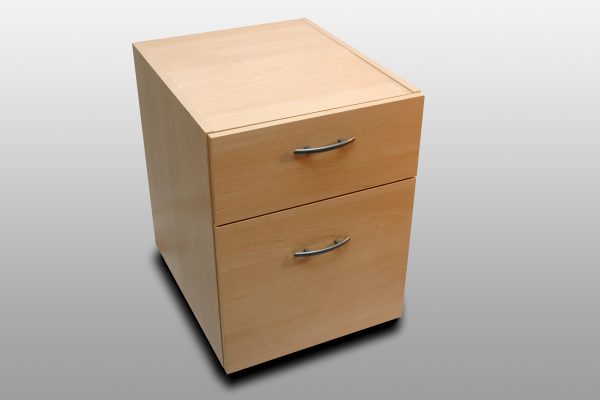
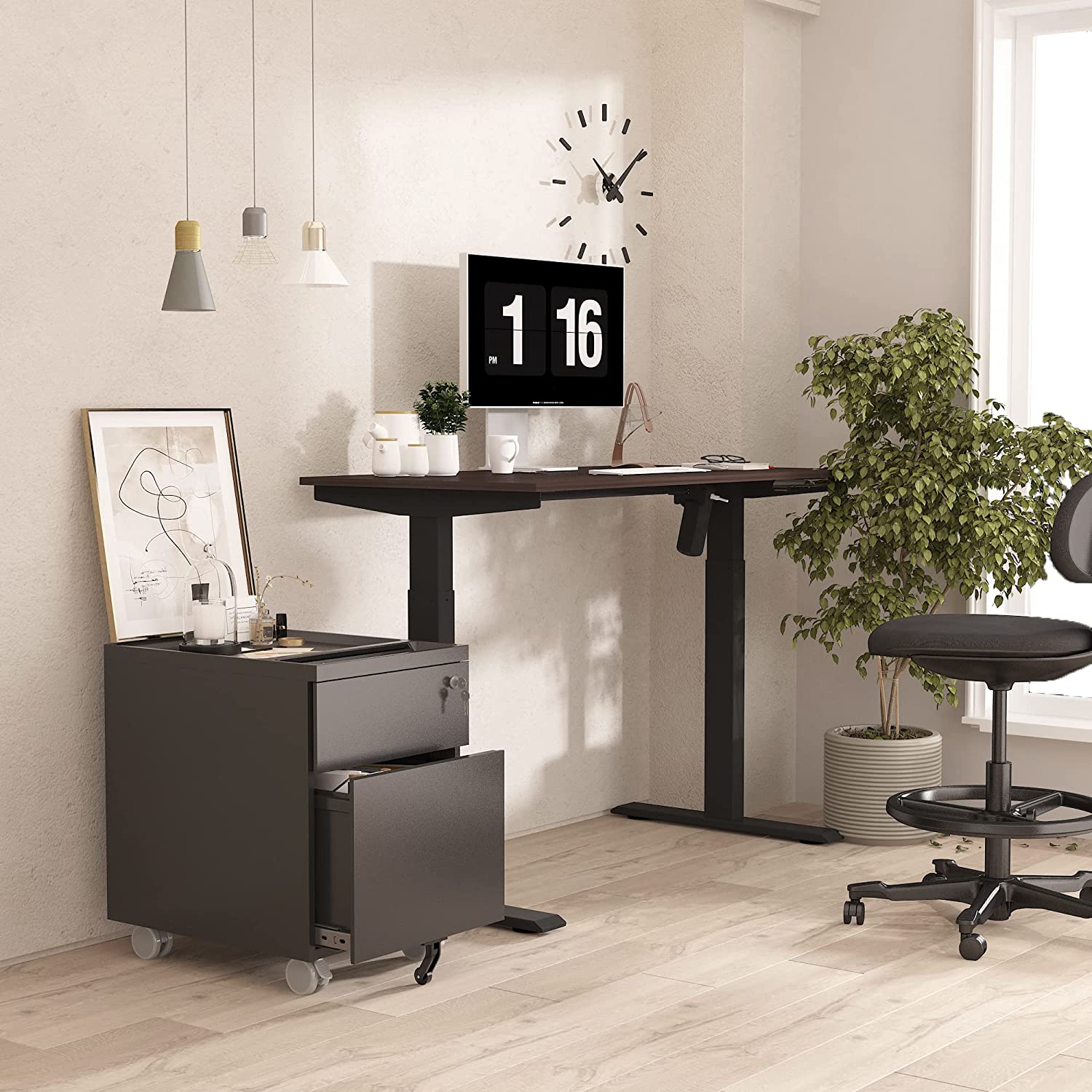

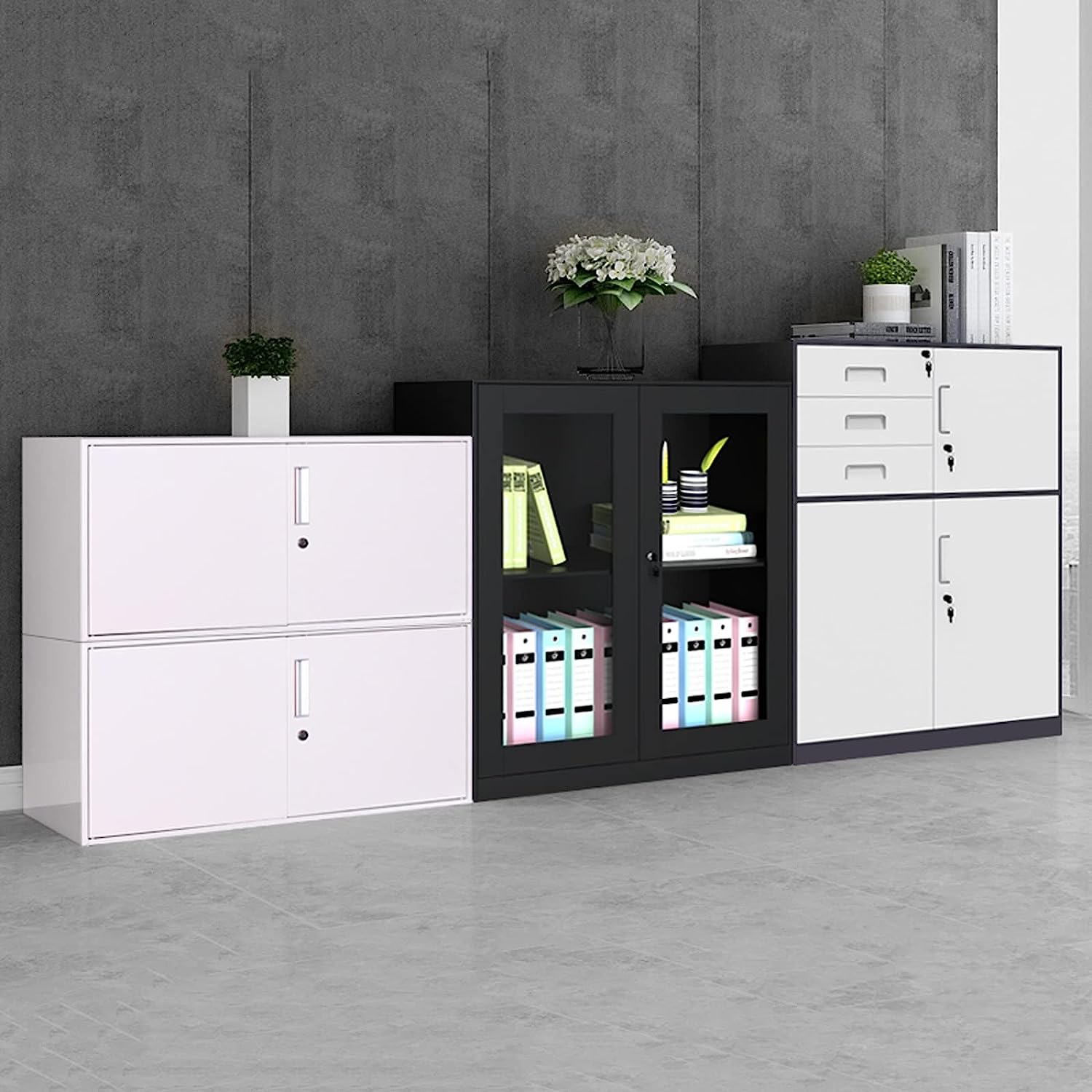
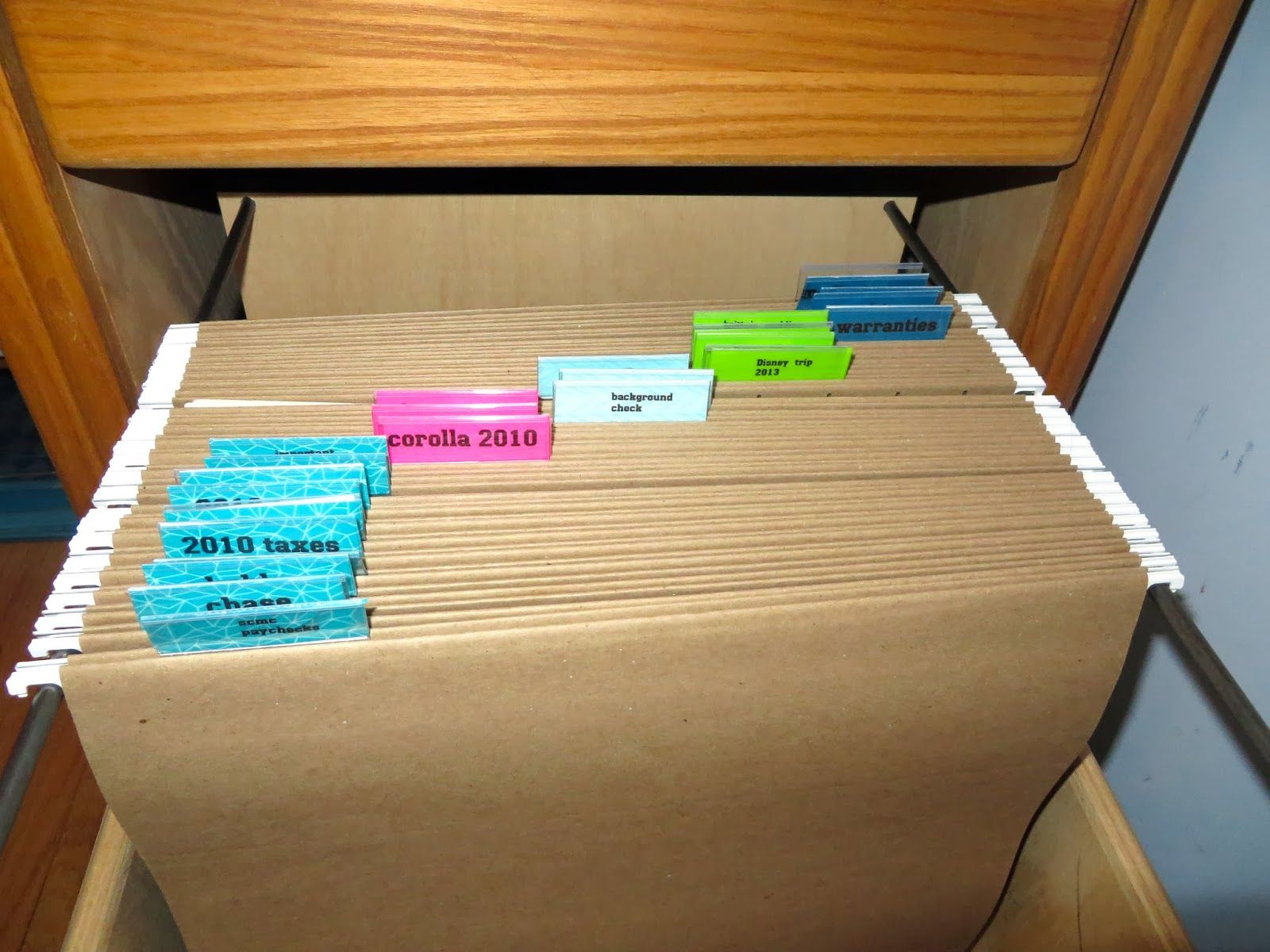
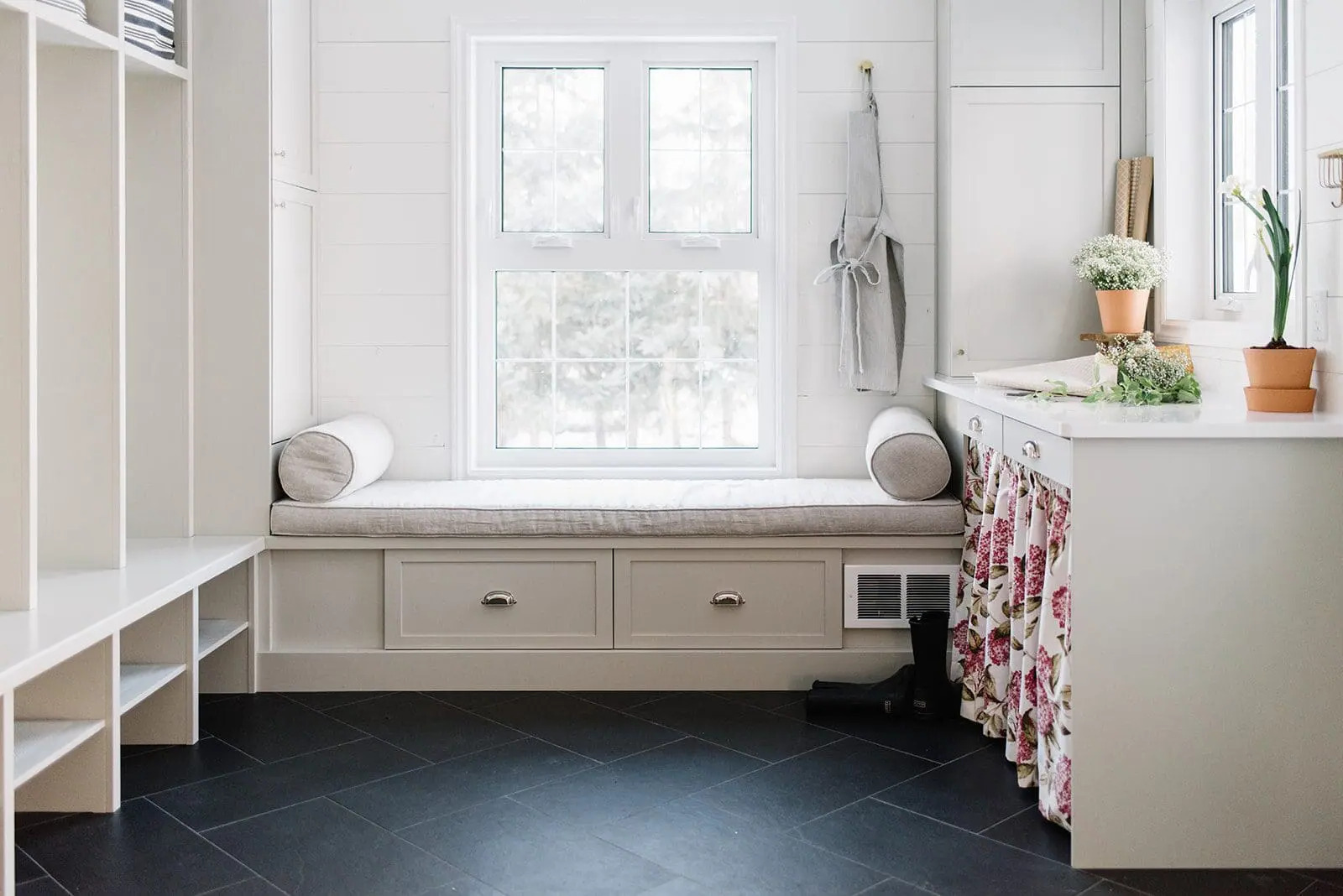
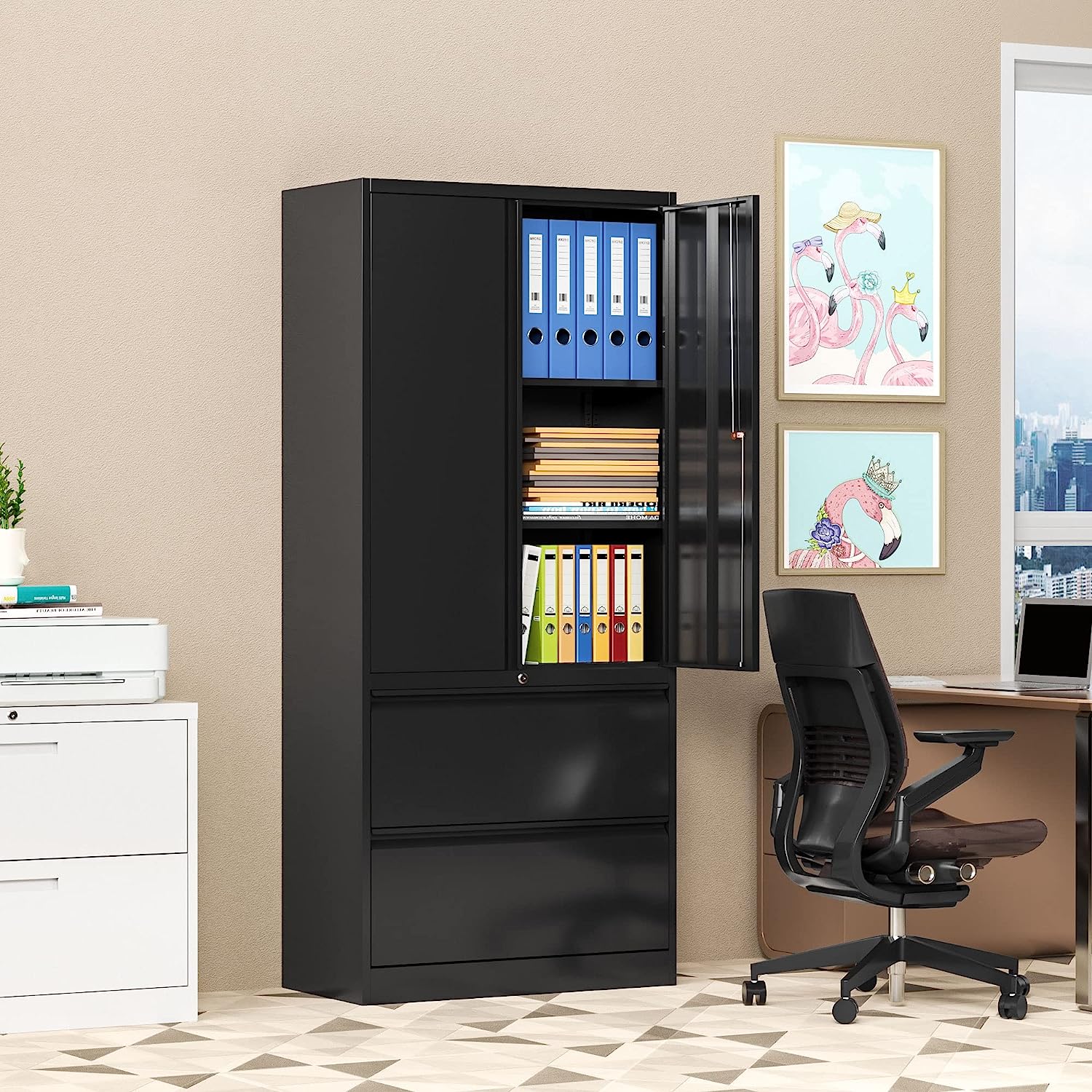

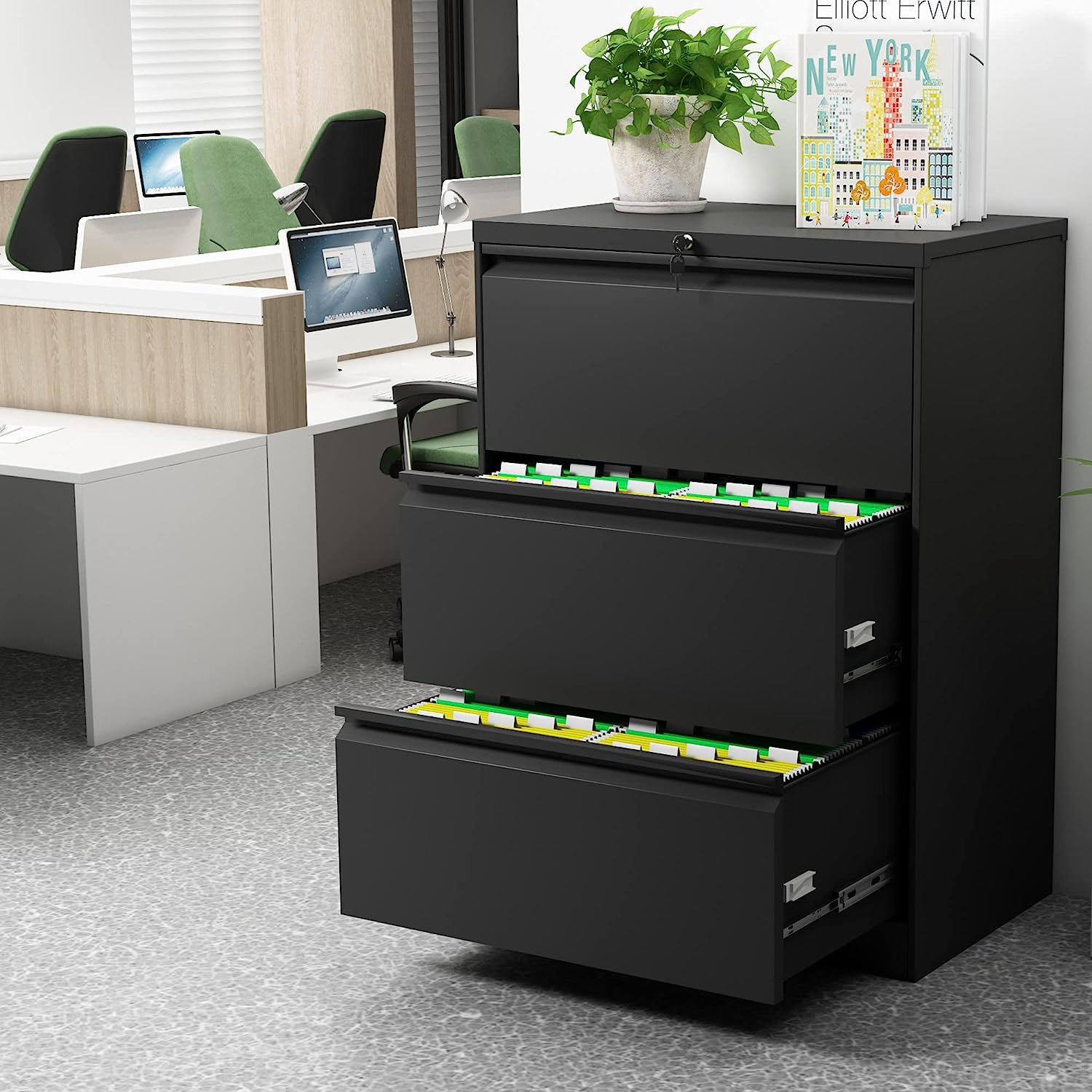
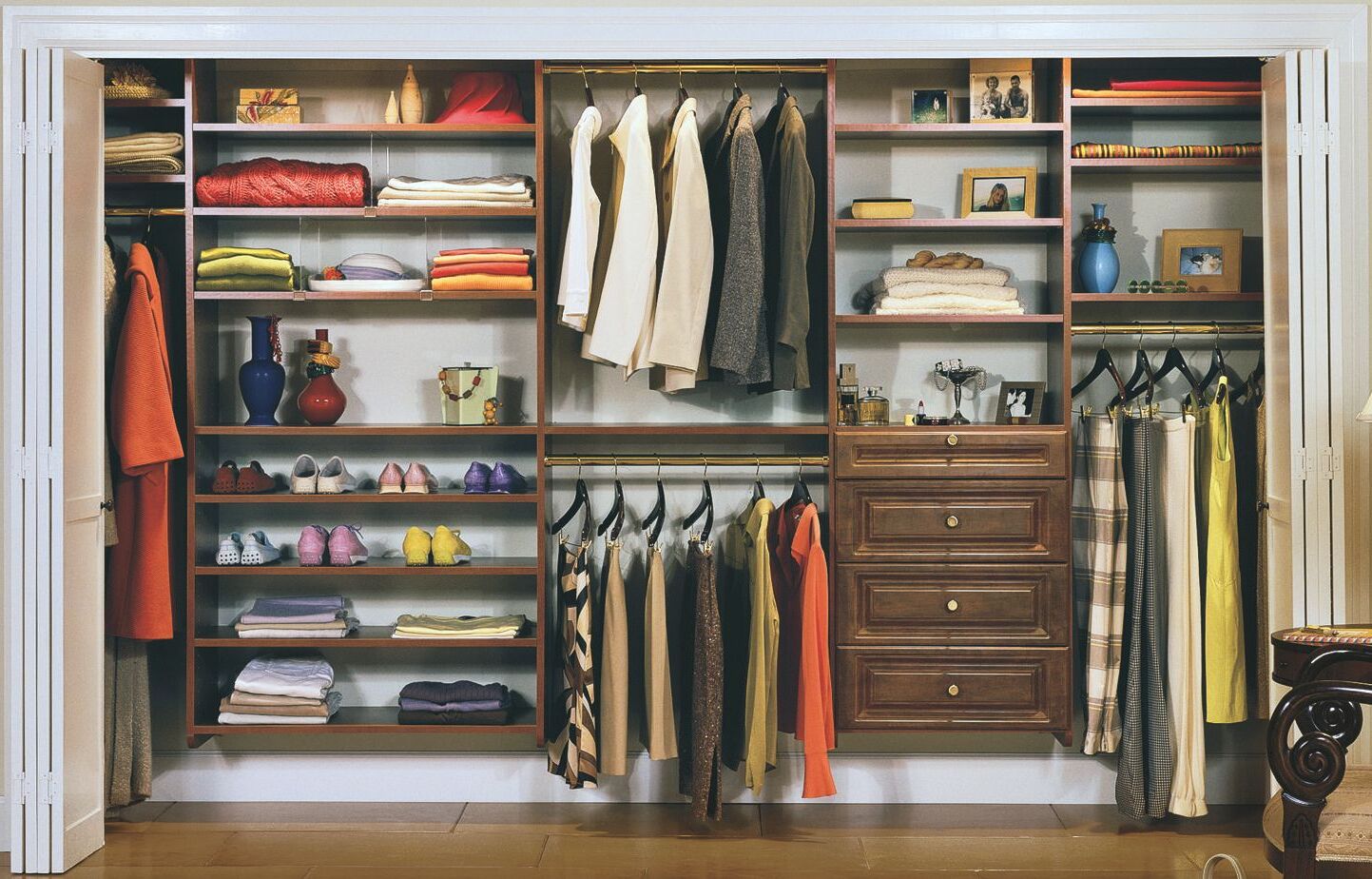
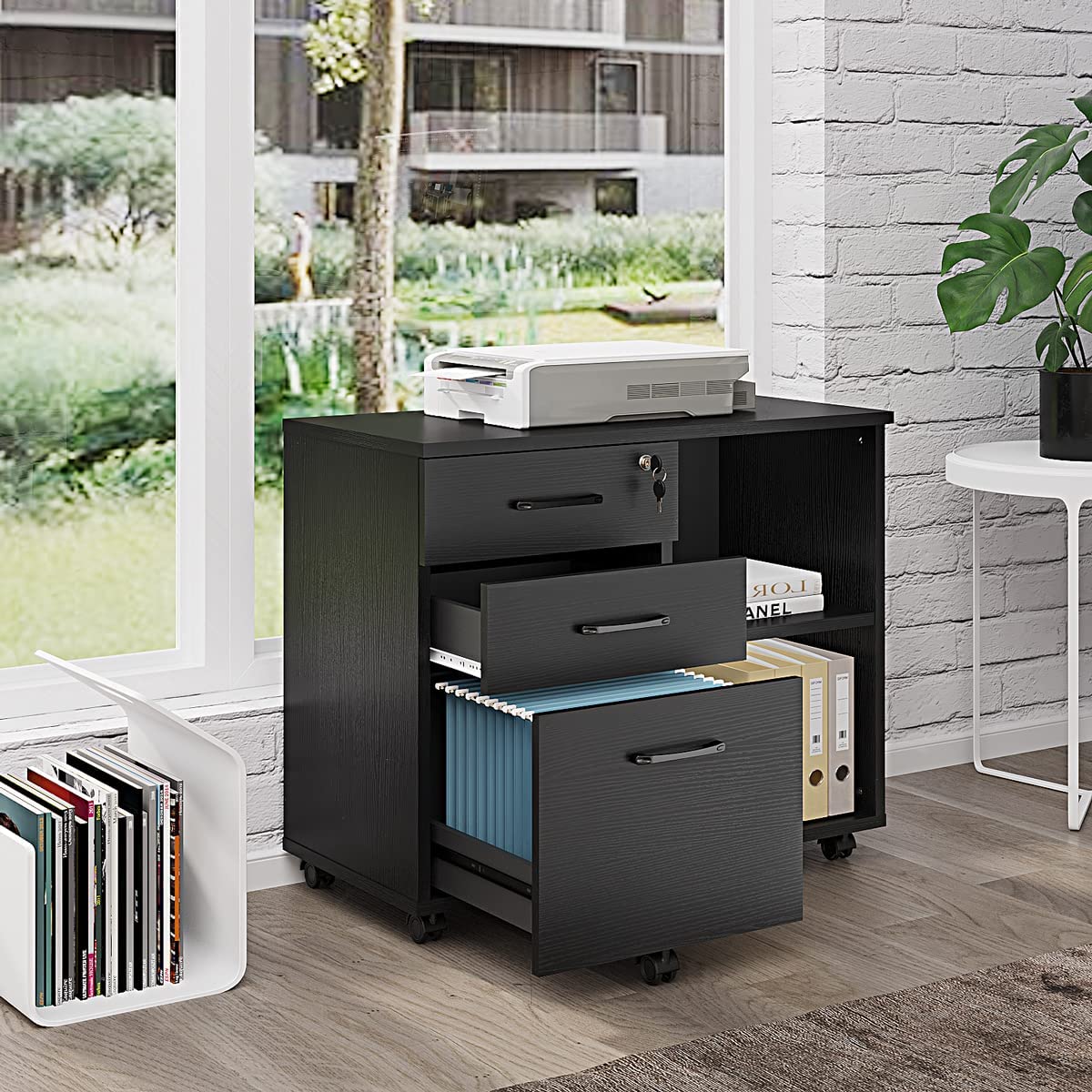

0 thoughts on “Home Office Filing System Organization: Efficient Paper Storage”